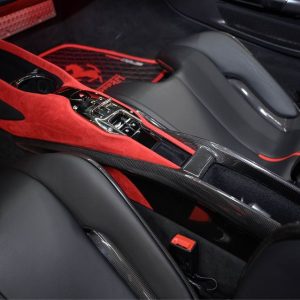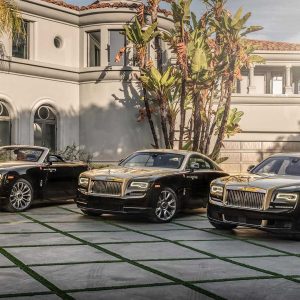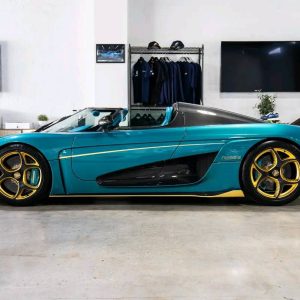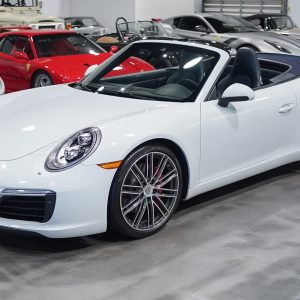The Lamborghini Miura P400 is widely considered to be one of the most iconic supercars in automotive history. Launched in 1966, this car set the benchmark for high-performance sports cars and featured several technical innovations that were ahead of their time.
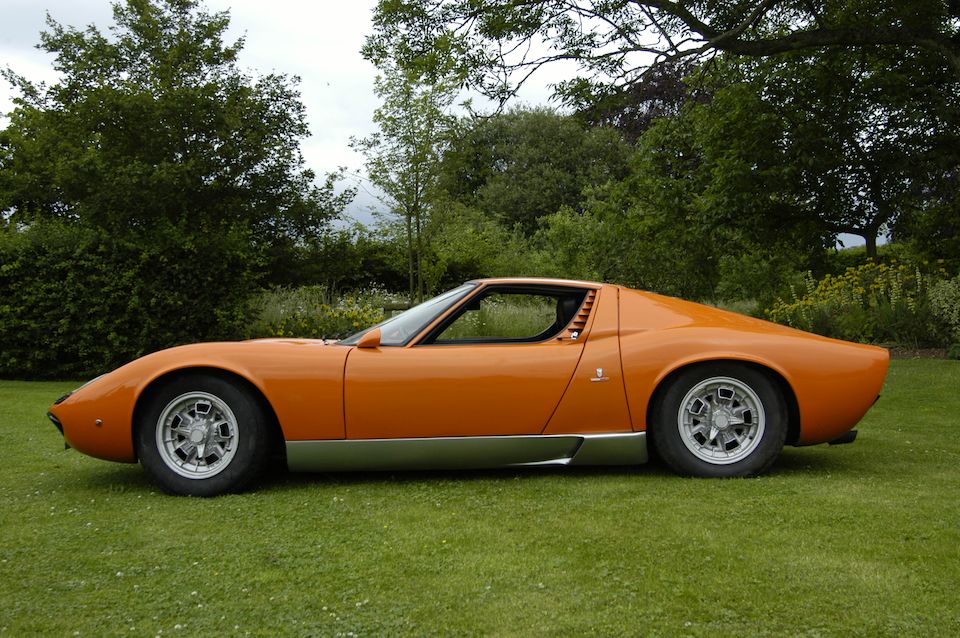
At the heart of the Lamborghini Miura P400 lies a longitudinally mounted V12 engine that delivers an impressive 350 horsepower. This engine is paired with a five-speed manual transmission which allows it to go from 0 to 60 miles per hour in just 6.7 seconds, and reach a top speed of 170 mph. The engine is also equipped with six Weber carburetors, a system that was considered to be extremely advanced for its time as it allowed for improved fuel consumption, better throttle response and responsiveness.
The exterior of the car is nothing short of stunning, designed by Marcello Gandini of Bertone, it features a sleek, low-slung profile that would become the blueprint for many supercars that followed. The bodywork is made of lightweight aluminum and sits on a tubular steel frame to keep the overall weight of the car down. It also features a number of aerodynamic enhancements such as an air intake duct in the roof and a flat underbody panel that reduces the car’s drag coefficient.
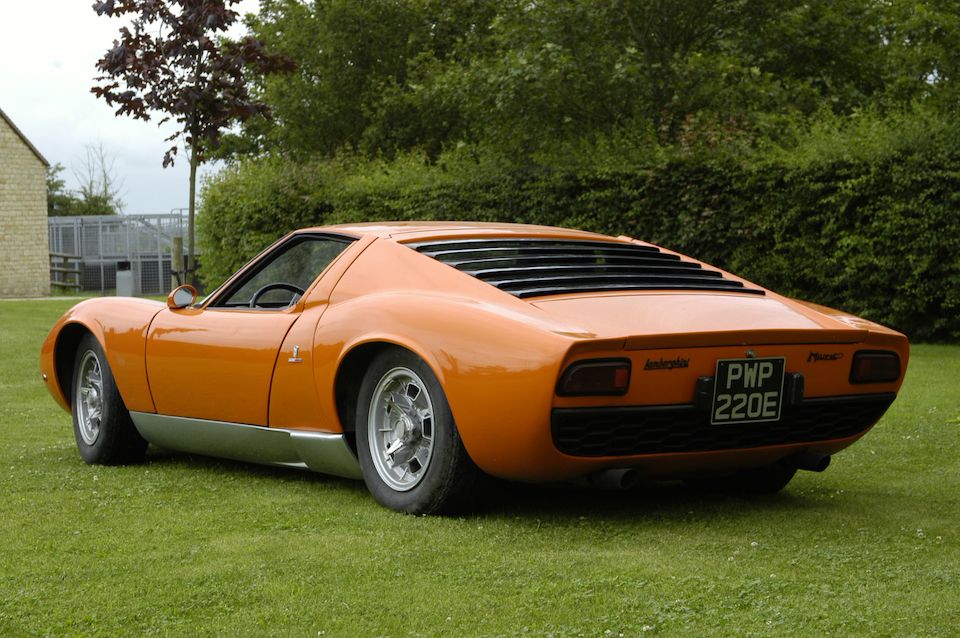
The Lamborghini Miura P400’s interior is equally impressive, with a driver-focused layout that puts all the controls within easy reach. The dashboard features a large tachometer and speedometer, and the cabin is swathed in fine leather, making it a luxurious space that is both comfortable and aesthetically pleasing.
One of the most impressive features of the Lamborghini Miura P400 is its suspension system. It features four-wheel independent suspension with coil springs and telescopic shock absorbers, which was a rarity in the mid-1960s. This advanced system allowed for better handling and improved ride quality, which made the car more comfortable to drive and more stable at high speeds.
Overall, the Lamborghini Miura P400 is a technical masterpiece that revolutionized the supercar industry. From its powerful V12 engine to its advanced suspension system, this car was ahead of its time and set new standards for performance, style, and luxury that still inspire automotive designers and enthusiasts alike.
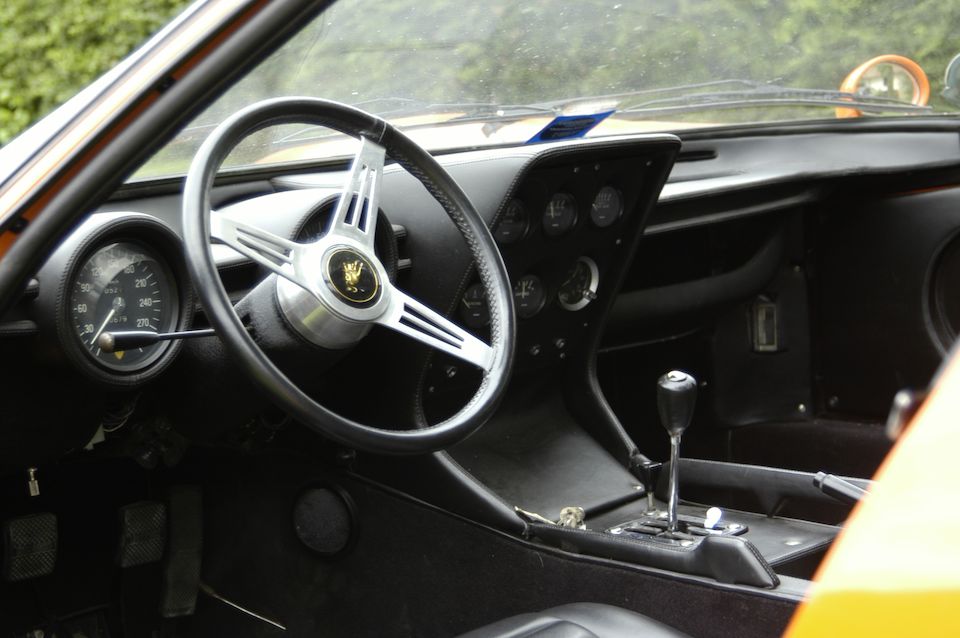
Milestones
– The Lamborghini Miura P400 was officially unveiled at the 1966 Geneva Motor Show, creating a sensation in the automotive world. – The Miura P400 featured a mid-engine layout, a 4.0-liter V12 engine producing 350 horsepower, and a top speed of over 170 mph. – Production of the Miura P400 began in 1966, with the first cars delivered to customers later that year. – The Miura P400 received a number of updates and improvements over its production run, including new cylinder heads, improved suspension and brakes, and updated interior features. – 1969 saw the introduction of the Miura P400S, which featured a number of significant changes, including wider tires, revised suspension, and a new dashboard design. – In 1971, Lamborghini introduced the Miura P400SV, the ultimate version of the car. It featured a number of updates and improvements, including a larger engine producing 380 horsepower, a reinforced chassis, and updated suspension and brakes. – Production of the Miura P400 and its variants continued until 1973, with a total of 764 examples produced. The car remains an icon of automotive design and engineering.
Technical
– Engine: 3.9-liter V12, dual overhead camshafts – Power output: 350 horsepower at 7,000 rpm – Transmission: 5-speed manual gearbox – Suspension: Independent, double wishbone with coil springs and telescopic shock absorbers – Brakes: Disc brakes all around – Top speed: 280 km/h (174 mph) – Acceleration: 0-60 mph in 6.7 seconds – Wheelbase: 2,500 mm (98.4 in) – Length: 4,350 mm (171.3 in) – Width: 1,760 mm (69.3 in) – Height: 1,070 mm (42.1 in) – Curb weight: 1,088 kg (2,399 lb) – Production years: 1966-1973 – Total production: 763 units
